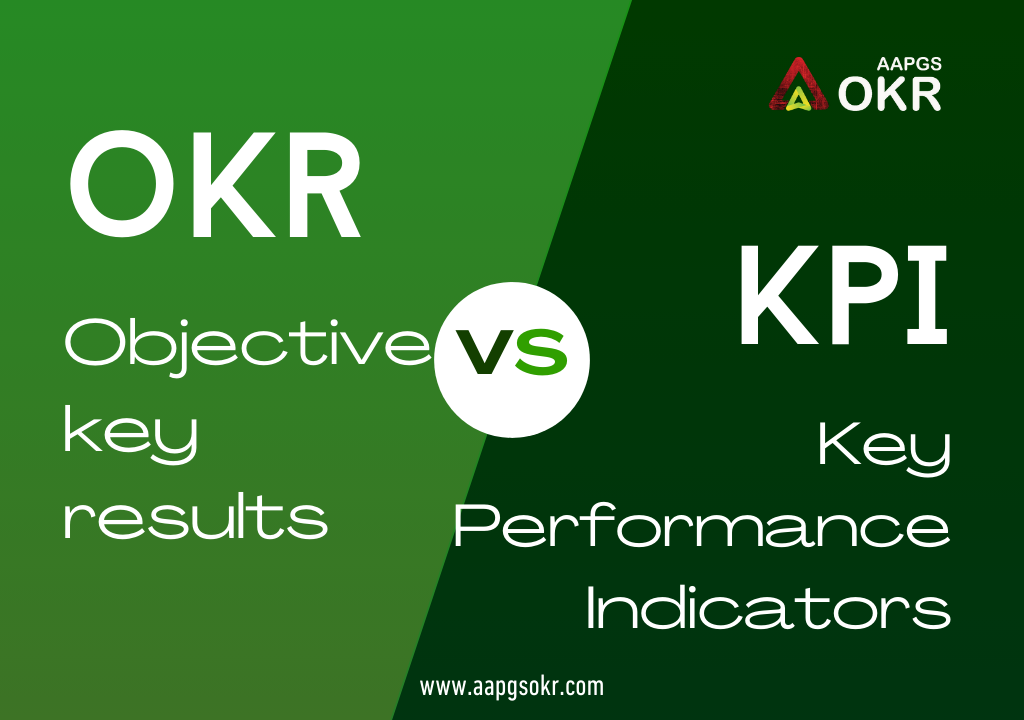OKRs vs KPIs: Key Differences Explained
In today’s fast-paced business environment, organizations rely on various frameworks and tools to set goals, track progress, and measure success. Two of the most popular tools used for this purpose are OKRs (Objectives & Key Results) and KPIs (Key Performance Indicators). While they may seem similar, they serve very different roles within a business. Understanding the key differences between OKRs and KPIs can help businesses leverage both to optimize performance and achieve their goals.
What Are OKRs?
OKRs are a goal-setting framework that helps organizations define clear, measurable objectives and track the key results that will determine if those objectives are achieved. OKRs are typically set at the company, department, or team level, and they encourage alignment across the entire organization.

- Objective: The qualitative goal you want to achieve. It should be inspiring and ambitious, pushing the team towards significant growth or improvement.
- Key Results: The quantitative measures used to track progress toward the objective. Key results are specific, measurable, and time-bound.
OKRs are designed to drive long-term outcomes and help organizations focus on what truly matters. They encourage transparency, accountability, and alignment, ensuring that every team member understands their role in achieving the larger vision of the company.
What Are KPIs?
KPIs, on the other hand, are metrics that track the ongoing performance of a business or specific aspects of it. Key Performance Indicators help measure how well a company, team, or individual is performing against predefined targets. Unlike OKRs, KPIs are ongoing and focus on measuring the efficiency of business operations, often in real-time.

- KPIs are typically used to track short-term performance.
- They provide insights into the operational health of the business and help identify areas of improvement.
- KPIs are specific and actionable metrics, often tied to day-to-day activities.
While OKRs help businesses focus on big-picture goals, KPIs keep the organization aligned with its daily operations, ensuring that performance is monitored and managed effectively.
Key Differences Between OKRs and KPIs

Now that we understand the basics of OKRs and KPIs, let's dive into their key differences:
1. Focus
- OKRs focus on ambitious goals that drive long-term growth and change.
- KPIs track specific metrics related to performance and efficiency.
2. Timeframe
- OKRs are time-bound and usually set quarterly or annually, aiming to achieve significant results over time.
- KPIs are ongoing and continuously track performance in real time.
3. Purpose
- OKRs help to align teams and organizations toward common goals, creating a sense of purpose and driving motivation.
- KPIs measure the efficiency and success of ongoing operations, ensuring the organization is performing at its best.
4. Outcome vs. Measurement
- OKRs define outcomes (what you want to achieve) and track results (how you’ll measure that achievement).
- KPIs are metrics that monitor how well the organization is performing on an ongoing basis.
5. Scope
- OKRs tend to be higher-level and strategic, focusing on long-term goals that require change or innovation.
- KPIs are operational and can be used to measure specific processes or areas within the company, like sales, customer satisfaction, or employee performance.
How OKRs and KPIs Work Together
While OKRs and KPIs serve different purposes, they are complementary tools that, when used together, can drive overall business success. OKRs provide the direction and ambition needed to push the business forward, while KPIs ensure that the organization is tracking its performance and making adjustments as needed.
By aligning OKRs with KPIs, businesses can ensure they are not only setting the right goals but also actively measuring the progress required to reach those goals. KPIs act as the checkpoints for OKRs, helping organizations identify if they are on the right track or need to pivot their approach.
Conclusion
In summary, OKRs and KPIs are both essential to a business's success, but they serve different functions. OKRs are designed to set ambitious goals that inspire and motivate teams, while KPIs track ongoing performance to ensure operations are running efficiently. By understanding the differences and using both in tandem, businesses can optimize their performance, stay focused on their long-term vision, and continuously improve their operations.
Need Help with OKRs & KPIs?
At AAPGS, we specialize in helping businesses implement and track OKRs and KPIs that drive success. Learn more about our solutions today!

